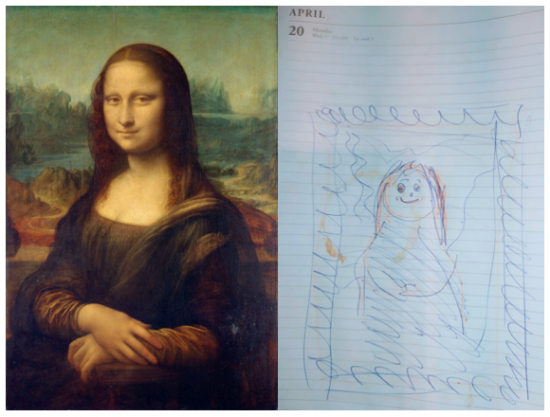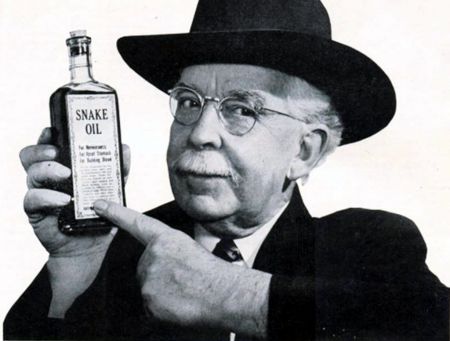Non-fungible token
|
JC NEWSWIRE: “Morons,” a “tokenized” artwork by Banksy, has sold for over $394,000 on the Open Sea NFT marketplace. The piece — burned by an unnamed group of cryptocurrency enthusiasts last week — was sold at an auction for 228.69 ethers (CRYPTO: ETH), which at press time traded at $1724
Non-fungible token
/nɒn/-/fʌnʤəbl/ /ˈtəʊkən/ (n.)
A unique reference to an external thing — for example, a Banksy artwork — that has been cryptographically encoded on a blockchain. The “NFT” does not, in itself, confer ownership on thing it represents, but — and unlike any of the millions of other copies and images of the work online — it is a unique token of your non-actual ownership — there was no other non-ownership token like it — hence, “non-fungible” — and given its unique status on the bollockchain, no theoretical possibility another one that could be created.
Still, the token sellers perceived rather bricks-and-mortar-ish, old-economy sort of perceptual problem: what if potential buyers worried that the physical piece might seem somehow more intrinsically valuable than its crypto-tokenized equivalent. Their solution: destroy the original work:
If you were to have the NFT and the physical piece, the value would be primarily in the physical piece. By removing the physical piece from existence and only having the NFT, we can ensure that the NFT, due to the smart contract ability of the blockchain, will ensure that no one can alter the piece and it is the true piece that exists in the world. By doing this, the value of the physical piece will then be moved onto the NFT.
There are two words I want to pick out from the above: “smart”, and “morons”. One of them is apposite.
Let’s just work that logic through by analogy. Below, we have two images. One is La Gioconda. The other is a quick picture I just drew of it. I accidentally put my coffee mug down on it but I actually think that makes it look more authentic somehow. Now, both of these are unique representations: one is hanging in the Louvre, as we all know, the other is on the 20 April page from my desk diary from last year. Wikipedia estimates the 2019 value[1] of the Mona Lisa as USD 850 million. If we take that valuation as fair, I don’t think is is stretching things to say that the combined value of the Leonardo original and my unique token of it — to be clear, that is the real thing in my last year’s desk diary, not the feeble photographic facsimile below — is more or less USD 850 million.

With me so far? Now for the krazy alchemical step. Let’s say we burn the Mona Lisa. What is the value of my token now? EIGHT HUNDRED AND FIFTY BILLION BUCKAROONIES AM I RIGHT???
See also
- ↑ Extrapolated from a 1962 valuation of USD100m: a suspiciously round number if you ask me, but still.
